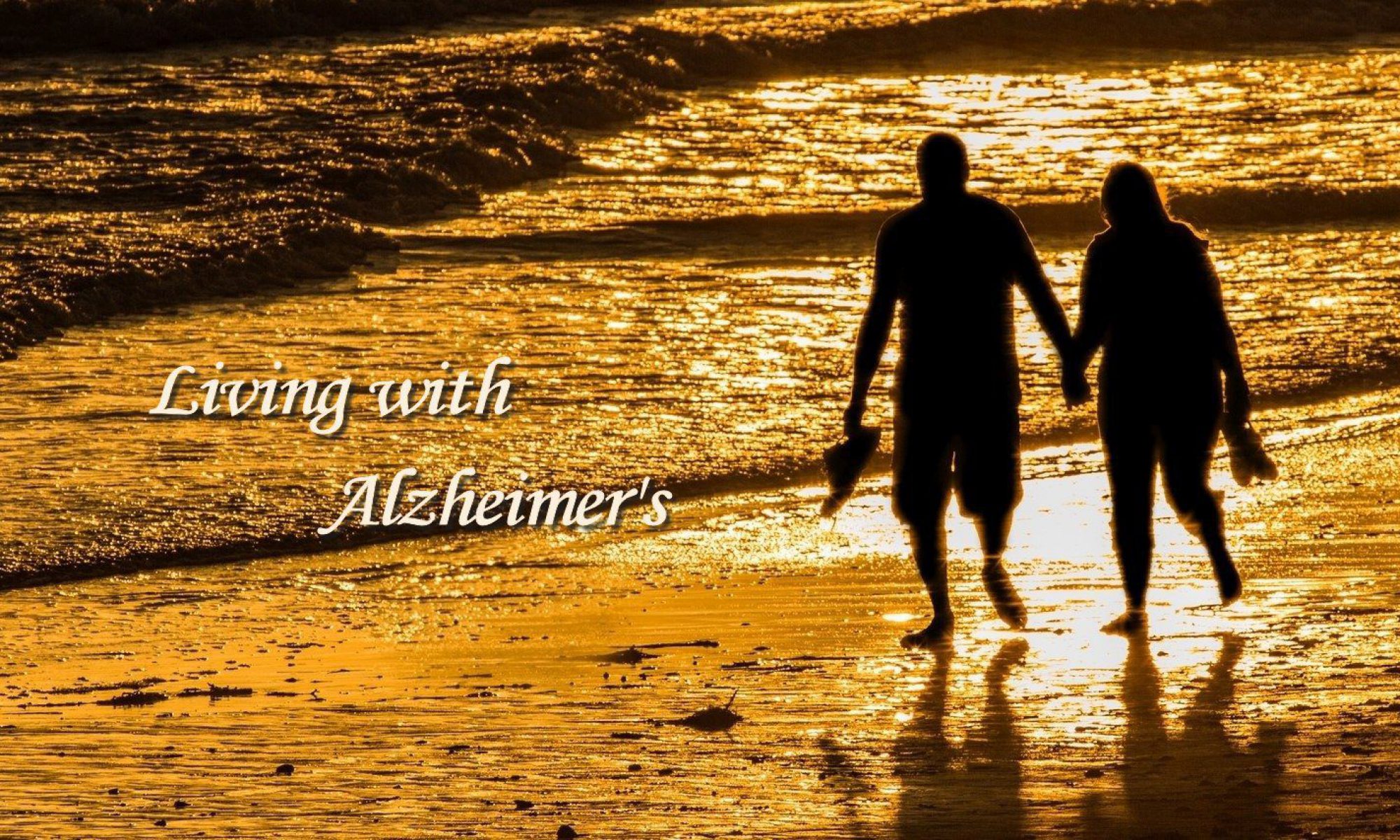The word “experiment” means a trial of some kind. For those of us with a background in research, it usually suggests a rather formalized methodology to determine the relationship among a set of “variables.” Most experiments are not of this nature. They are much less formal (and, therefore, less controlled) experiments that all of use to solve problems we face in everyday life. Caregivers do a lot of this. I am no exception. Let me tell you about an experiment I conducted two nights ago.
As I mentioned in an earlier post, I’m concerned about Kate’s sedentary lifestyle. She doesn’t exercise, and over the past year we have become less active. Now it is getting harder for her to get out of a seat of almost any kind, especially a low one. She walks slowly as though she might be in pain. She tells me she is not feeling pain. I think she is just becoming stiff. We know that she has arthritis in her knees. I’ve been looking for ways to keep her more active physically in order to postpone the day when she needs a wheelchair.
I thought she would enjoy and benefit from some time in our spa. Over the past two years, she has shown no interest in getting in the pool or spa. It’s actually stronger than that. She has resisted the idea, and I haven’t pushed her. I decided I needed to try a different approach. Knowing that she can no longer fit in her old swimsuits, I ordered one online last week. It arrived on Friday. Now all I needed to do was find a way to get her to put it on and get in the spa.
As we arrived home from dinner Sunday night, I told her I wanted her to help me with something when we went in. She said she would. Once inside, I gave her the swimsuit. I told her I had bought it and wanted her to try it on to see if it fit. She agreed. I felt a small measure of success, but the bigger problem might be getting her in the water.
She put on the suit, and I told her I wanted to put on mine as well. I explained that I wanted to experiment with something in the spa and needed her help. She didn’t protest. Getting in the spa required care, but was not too difficult. At first, I tried to help her step down to a step about ten inches from the surface of the water. She was quite nervous. I gave up on that and suggested she sit on the edge of the spa. From there I was able to help her sit on the step and then slide over to the seated area.
Once she was in the spa she was relaxed and started talking. She loved looking around her backyard where she used to spend much of her time tending to her plants. The water was also a comfortable temperature. I showed her how she could move her legs as though she were riding a bicycle. I commented about its being an easy way to exercise her joints. She agreed but only moved her legs for a moment. We spent about an hour talking. Any number of times she said that we ought to do this more often. My experiment was working better than I hoped. I was thinking that next time I could get her to move a little more.
When we were ready to go in, I got out first with the intent of extending my hands to her and helping her get out. She was frightened again and unable to follow my instructions. I finally got her in a seated position on the step inside the spa and on top of the seating area. The problem then was her not having enough strength to get up on her own and my not having enough strength to pull her up without a little help from her. She was too frightened to do anything. I got her to roll over onto the deck of the pool. That is when I discovered how hard it is to get her up when she is flat on the floor and emotional as well. I had another idea. I thought it would be easier if I took it one step at a time. I got on my hands and knees and asked if she could do that. If so, I might be able to lift her. She couldn’t understand what I wanted her to do. I can’t remember exactly what worked, but I got her up after several tries. So much for my bright idea of the spa for exercise.
I haven’t given up totally on the idea. I think it might be easier and safer if we used the pool instead. We have four steps at the shallow end. It should be much easier for her to walk down the steps with my assistance. We could do the same on the way out. I’m going to think about it a little more. I’m not quite ready to try again.






